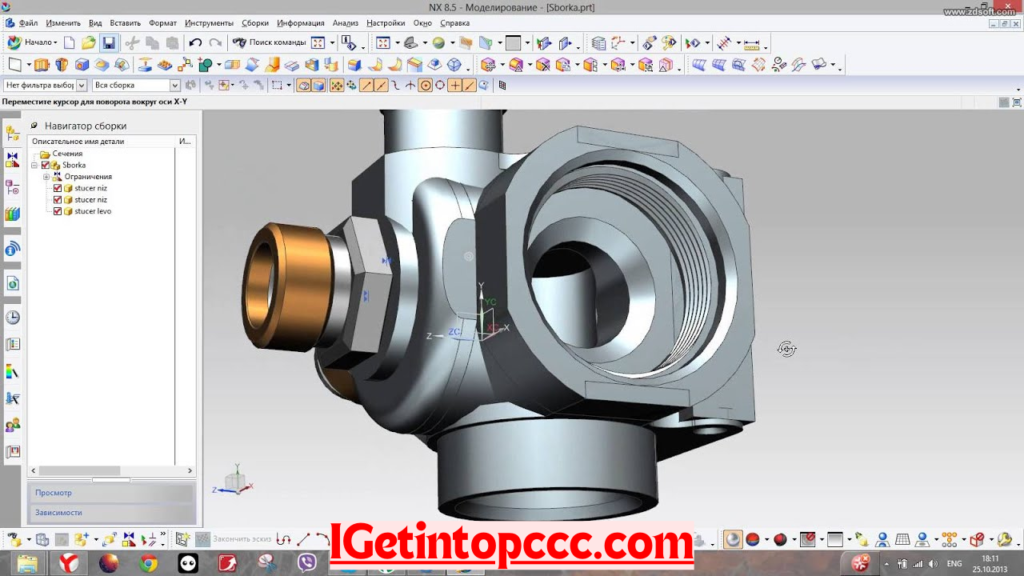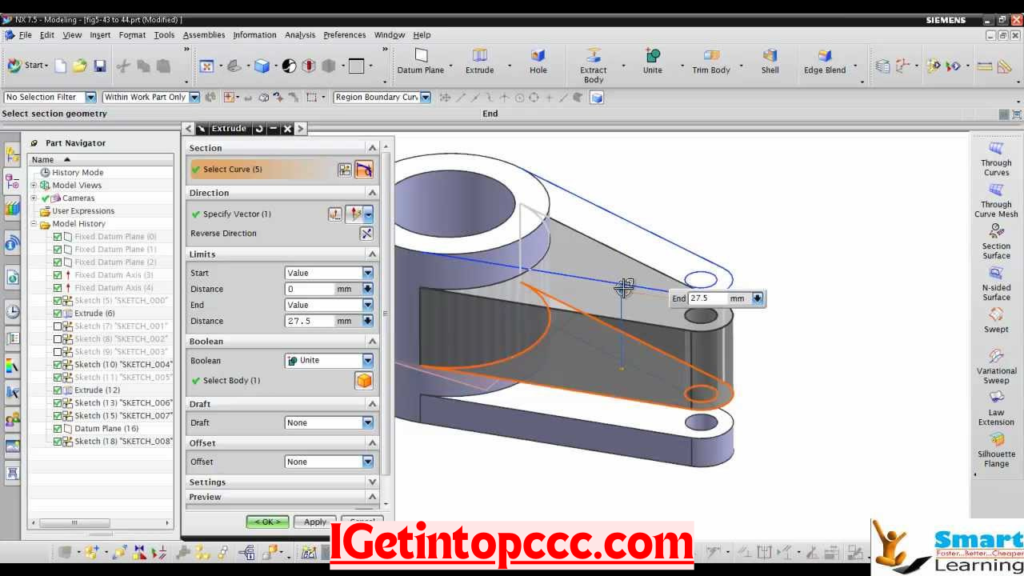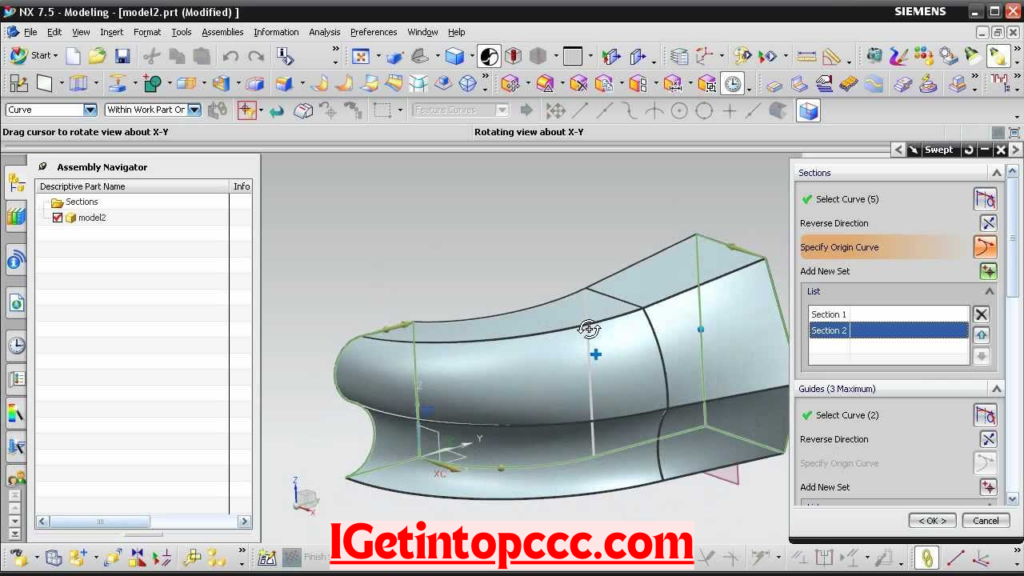Download Software Free
Unigraphics nx software free download with crack
Unigraphics NX, often referred to as NX, is a comprehensive computer-aided design (CAD), computer-aided engineering (CAE), and computer-aided manufacturing (CAM) software suite developed by Siemens Digital Industries Software.

This powerful software is used by companies across a wide range of industries, including aerospace, automotive, consumer products, and more, to streamline their design and manufacturing processes.
Key Features of Unigraphics NX
- Advanced Modeling Capabilities: Unigraphics NX offers a wide range of modeling tools, from basic geometric shapes to complex freeform surfaces, allowing users to create intricate and precise 3D models with ease.
- Integrated CAE and CAM: The software seamlessly integrates computer-aided engineering (CAE) and computer-aided manufacturing (CAM) functionalities, enabling users to analyze and validate their designs, as well as generate manufacturing instructions directly from the CAD models.
- Collaborative Design: Unigraphics NX supports collaborative design, allowing multiple users to work on the same project simultaneously, streamlining the design process and improving productivity.
- Customizable User Interface: The software’s user interface can be customized to suit individual preferences and workflows, making it easier for users to navigate and access the tools they need.
- Visualization and Simulation: Unigraphics NX provides advanced visualization and simulation capabilities, allowing users to create realistic renderings of their designs and simulate their performance under various conditions.

Technical Specifications
- Version: Unigraphics NX 2023
- Interface Language: English, German, French, Japanese, Chinese, and others
- Audio Language: N/A
- Uploader/Repacker Group: AACPI
- File Name: Unigraphics_NX_2023_x64_Crack.zip
- Download Size: 8.2 GB
System Requirements
Windows:
- Operating System: Windows 10 or later
- Processor: Intel Core i5 or AMD Ryzen 5 (or better)
- RAM: 8 GB or more
- Graphics Card: NVIDIA GeForce GTX 1060 or AMD Radeon RX 580 (or better)
- Storage: 20 GB of available space
macOS:
- Operating System: macOS Big Sur or later
- Processor: Intel Core i5 or Apple M1 (or better)
- RAM: 8 GB or more
- Graphics Card: AMD Radeon Pro 5500 XT or Intel Iris Xe Graphics (or better)
- Storage: 20 GB of available space

Adjusting Graphics Settings
- Launch Unigraphics NX and navigate to the “Options” menu.
- Select “Preferences” and then choose the “Graphics” tab.
- Adjust the following settings as needed:
- Graphics Mode: Choose between “Software” or “Hardware” rendering.
- Antialiasing: Enable or disable antialiasing to improve image quality.
- Texture Quality: Set the texture quality to low, medium, or high.
- Object Quality: Adjust the level of detail for 3D objects.
- Click “OK” to save the changes and apply the new graphics settings.
Troubleshooting Common Issues
- Crashing or Freezing: If Unigraphics NX is crashing or freezing, try updating your graphics drivers or reducing the graphics settings.
- Slow Performance: If the software is running slowly, check your system’s hardware specifications and consider upgrading your RAM or graphics card.
- Licensing Issues: If you’re experiencing issues with the software’s licensing, contact the Unigraphics NX support team for assistance.
How to Download and Install
- Download the Unigraphics NX 2023 cracked version from a reputable source.
- Extract the downloaded ZIP file to a directory of your choice.
- Run the installer and follow the on-screen instructions to complete the installation.
- Once installed, launch the software and enjoy the full functionality of Unigraphics NX.

How to Use Unigraphics NX
- Start the software and familiarize yourself with the user interface.
- Explore the various modeling, analysis, and manufacturing tools available in the software.
- Create your first 3D model by using the various geometric and freeform modeling tools.
- Analyze your design using the integrated CAE tools, such as stress analysis and fluid dynamics simulations.
- Generate manufacturing instructions and toolpaths using the CAM functionality.
- Collaborate with your team by sharing your designs and models through the software’s collaborative features.

Leave a Reply